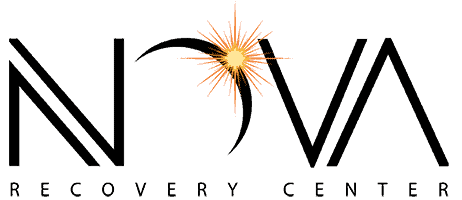Overcoming Codeine Addiction: Detox and Rehab Options
GET HELP TODAY!
100% Confidentiality Guaranteed
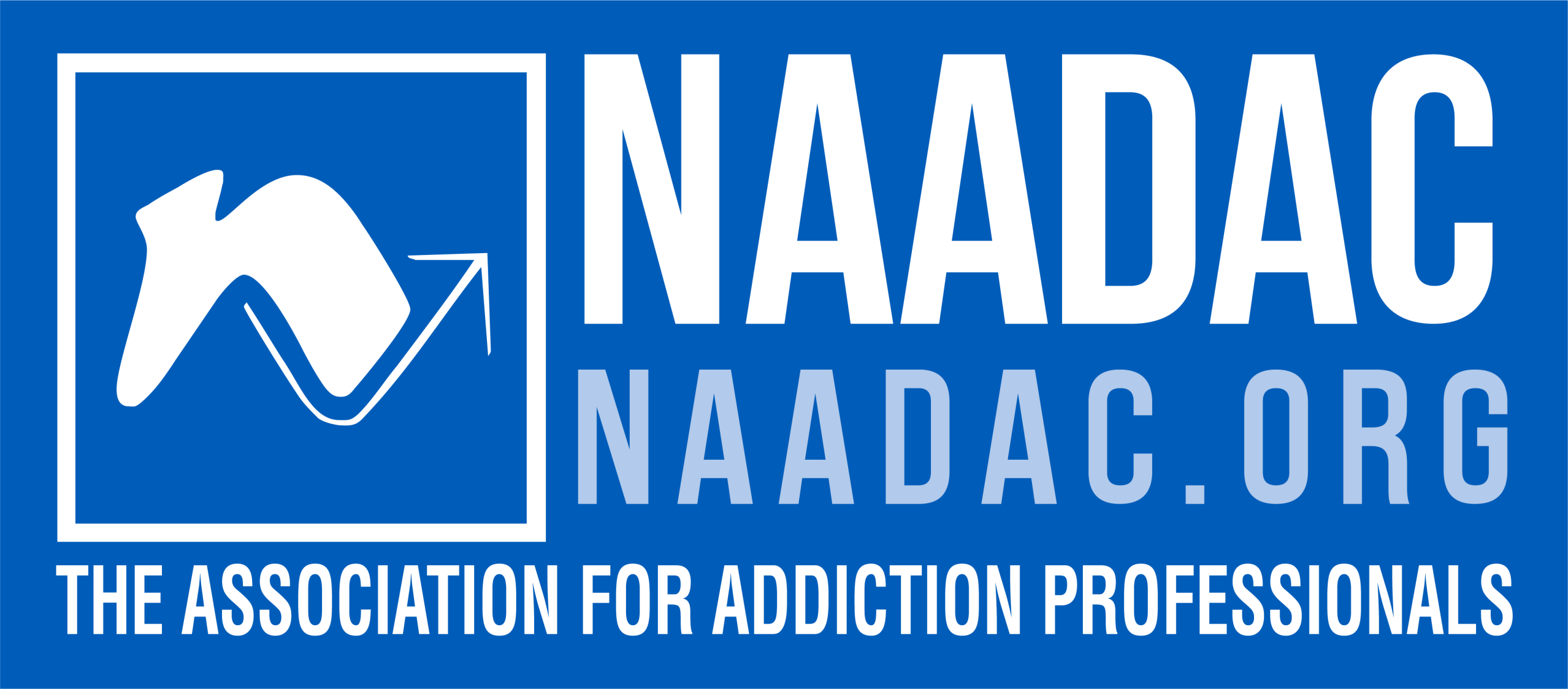
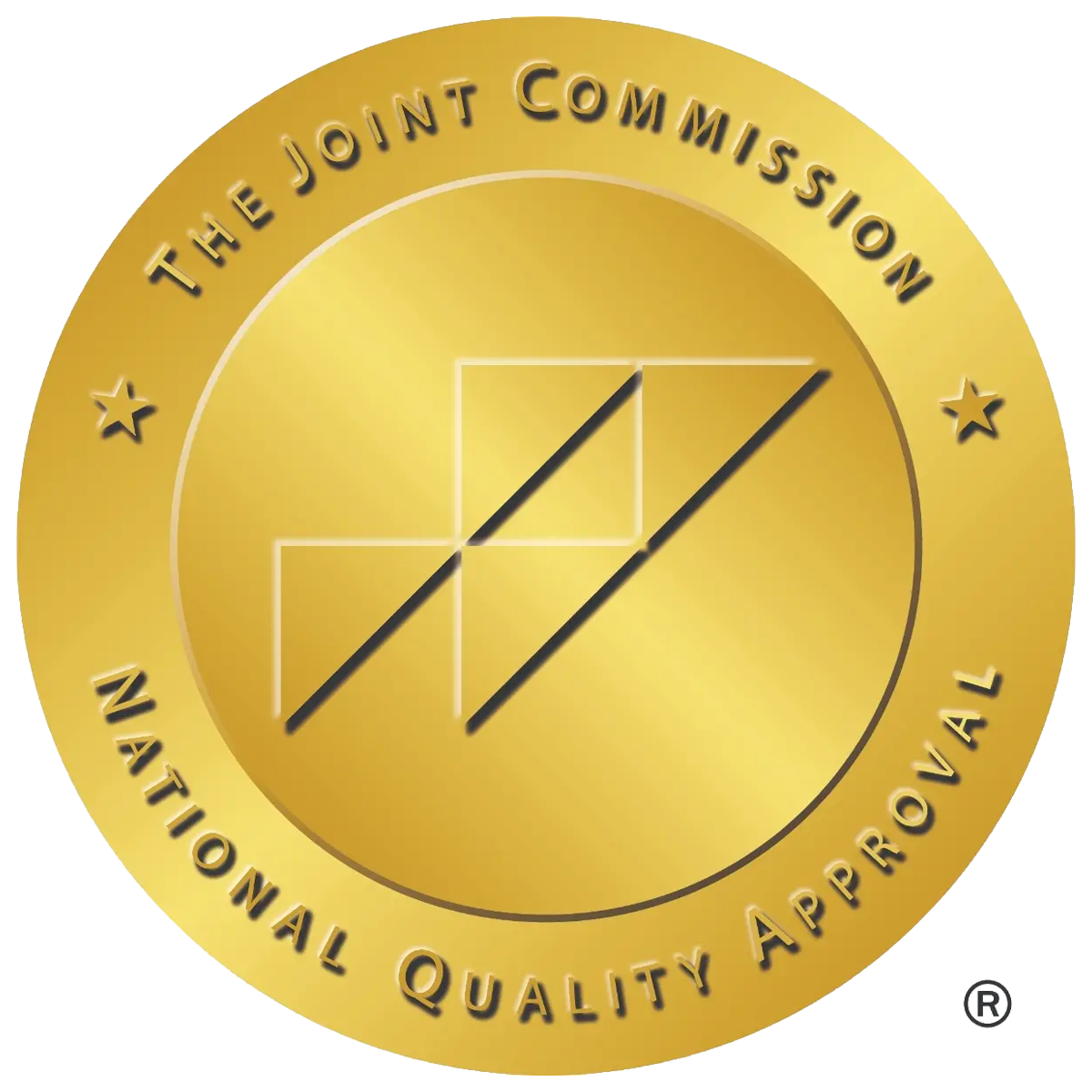
What Is Codeine?
Codeine is a prescription opioid used to treat pain, coughs, or diarrhea. It comes in tablets, liquids, and injections. When taken as prescribed, it can offer effective pain relief. However, codeine is highly addictive. People may misuse it to feel relaxed or high.
Doctors usually combine codeine with other drugs like acetaminophen or ibuprofen. These combinations are available over the counter in small doses. But larger doses or long-term use can lead to drug abuse and addiction.
Some brand names for codeine include:
- Colrex
- Maxiflu CD
- Phenflu CDX
- Poly-Tussin
Codeine is also known by street names like “syrup,” “sizzurp,” or “schoolboy.”
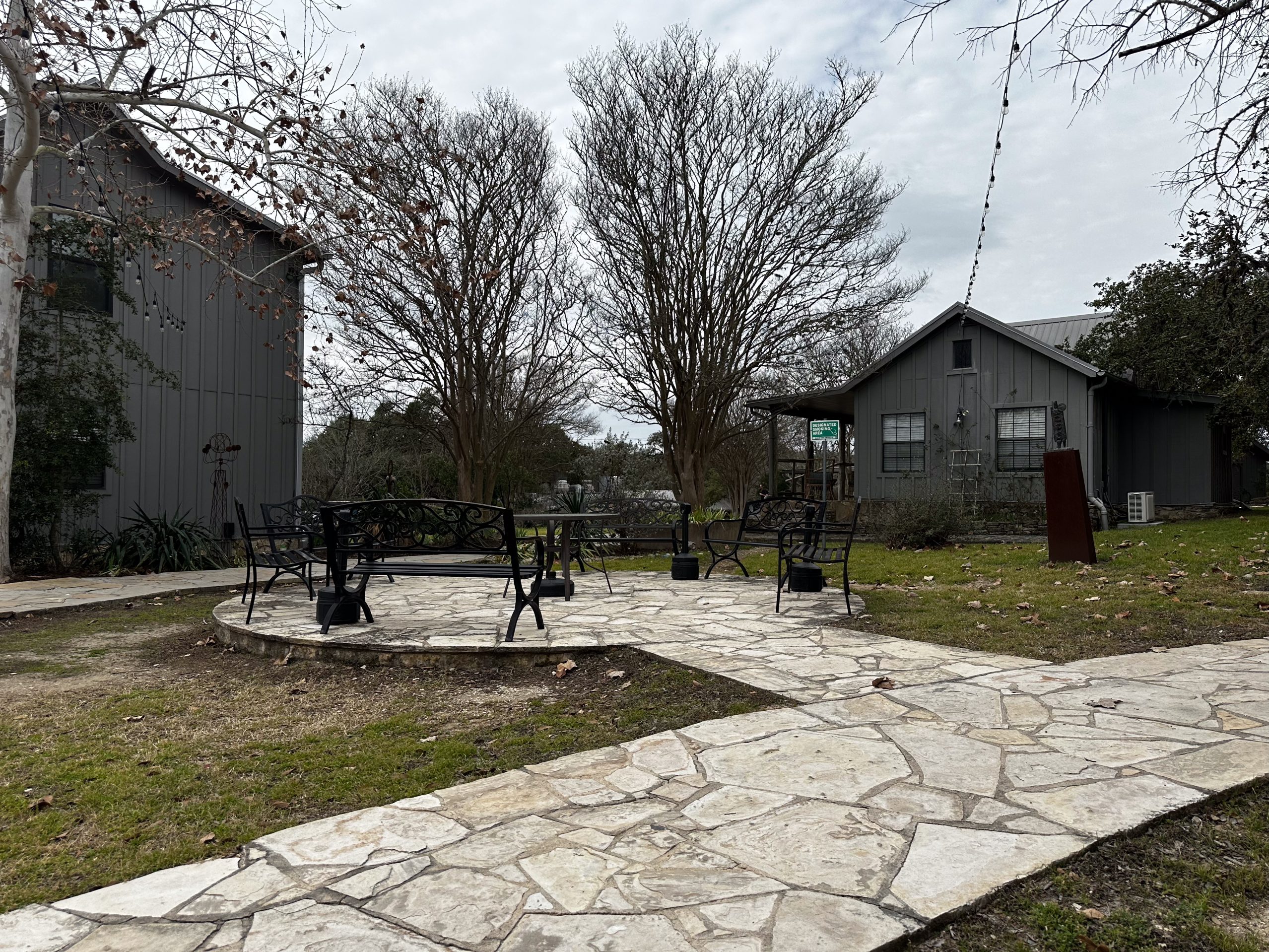
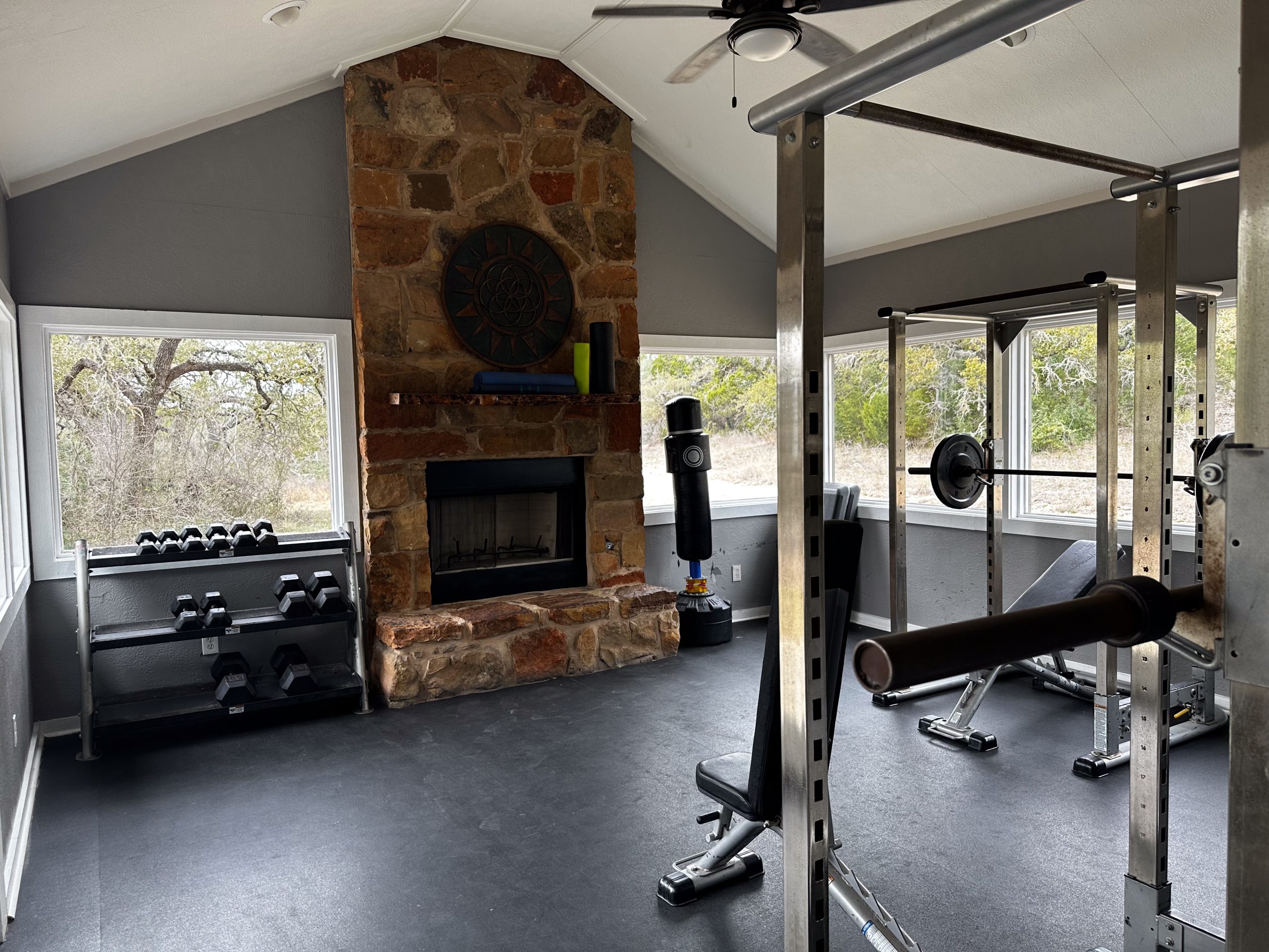
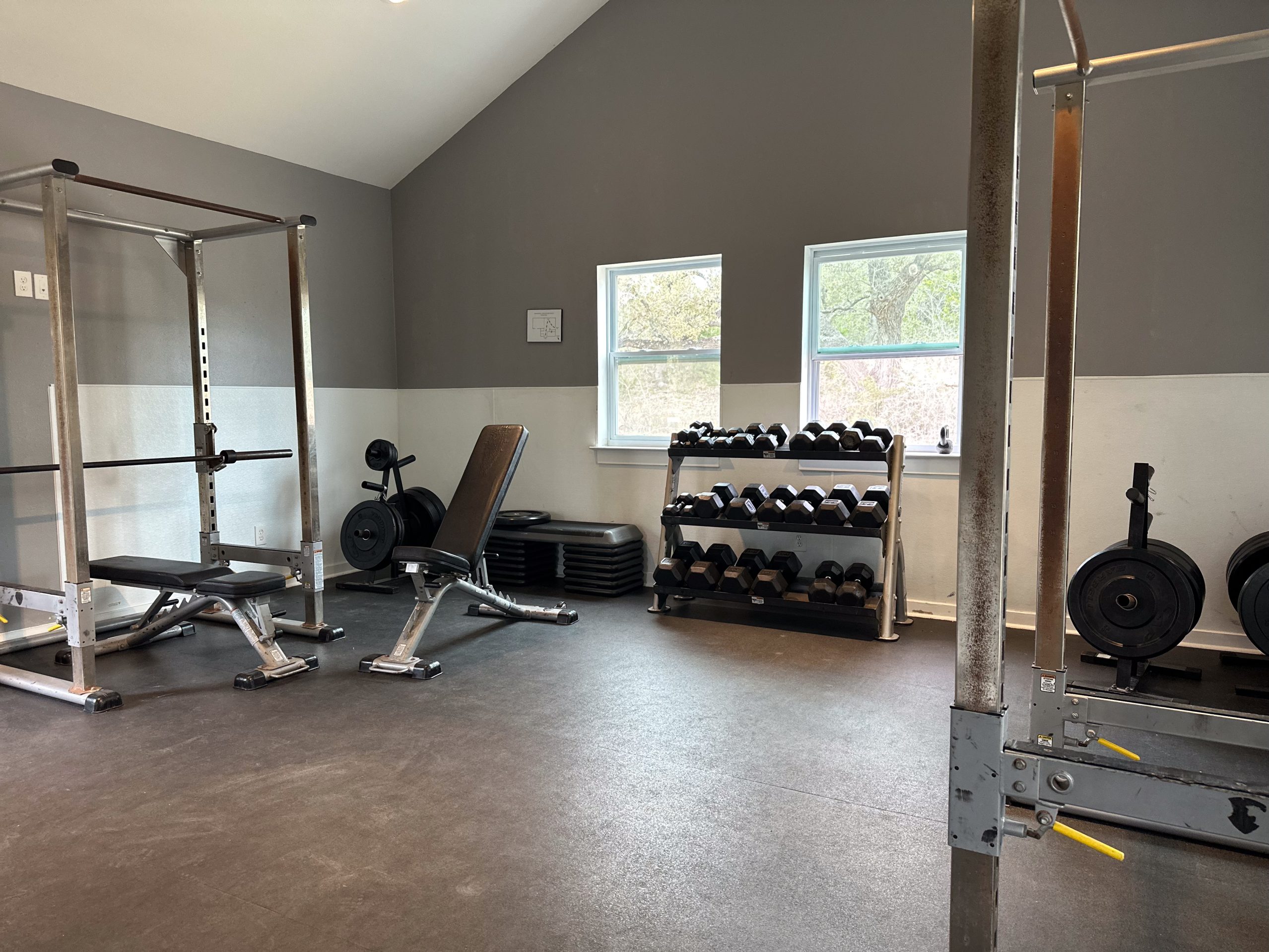

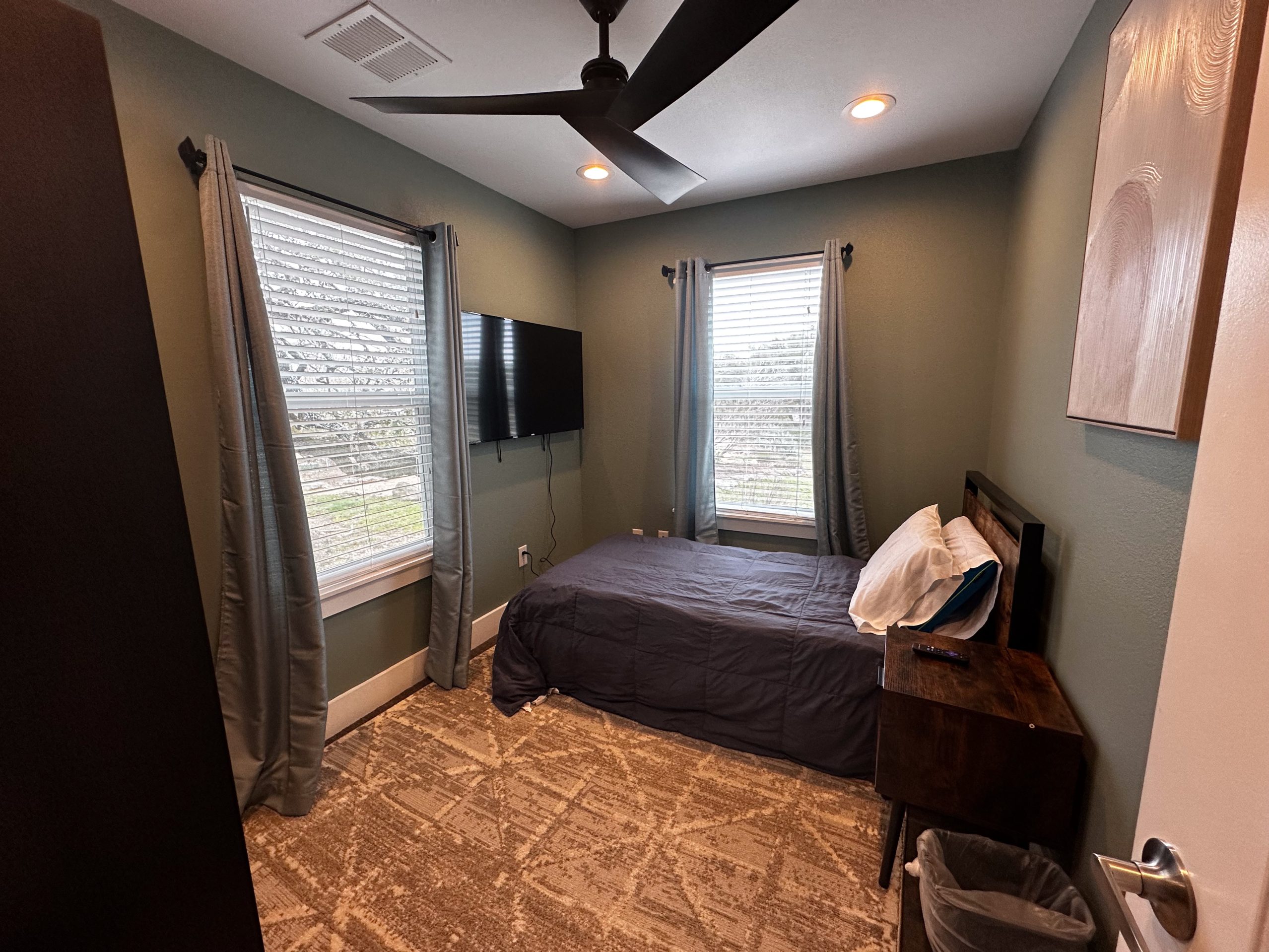

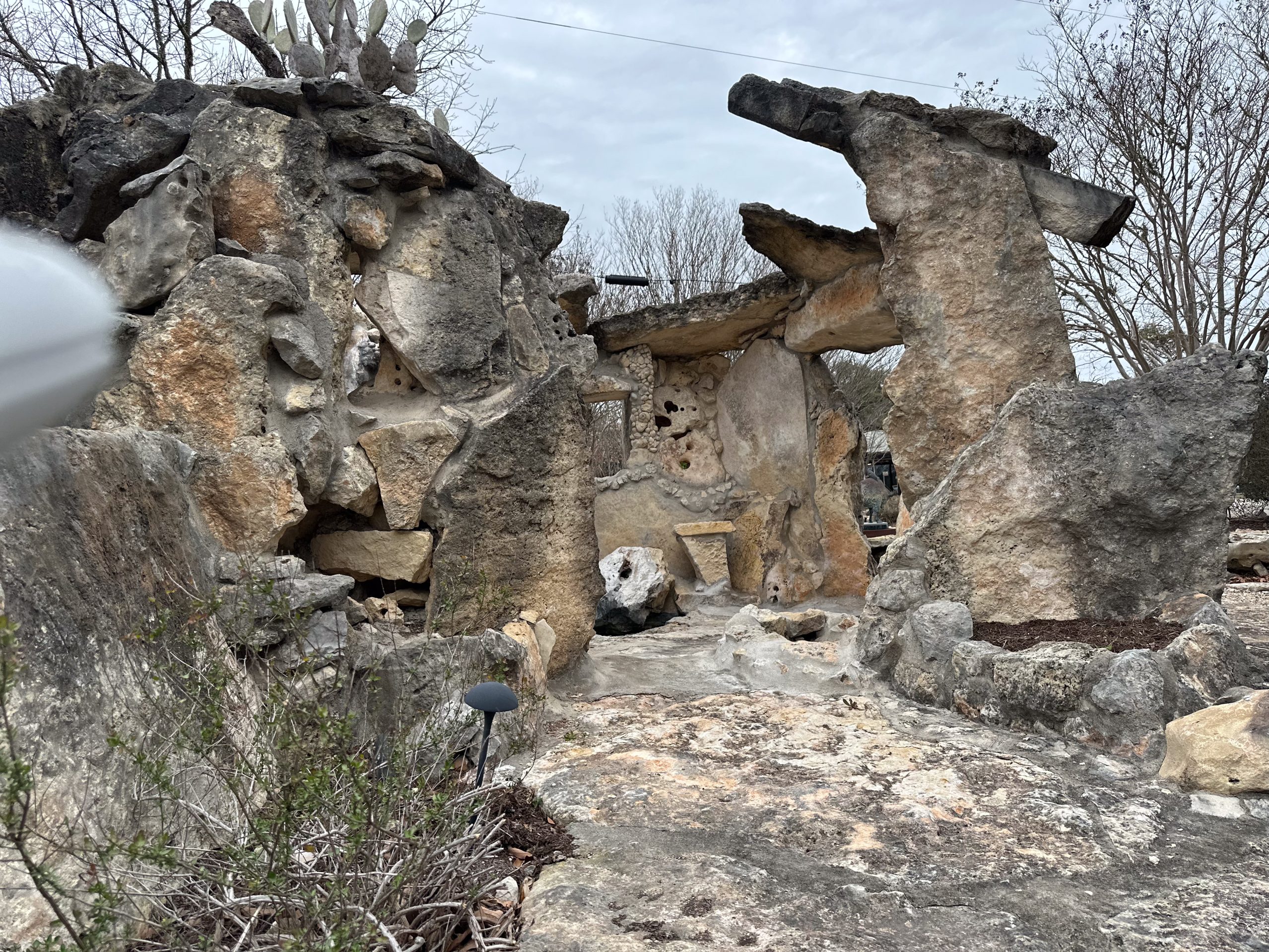
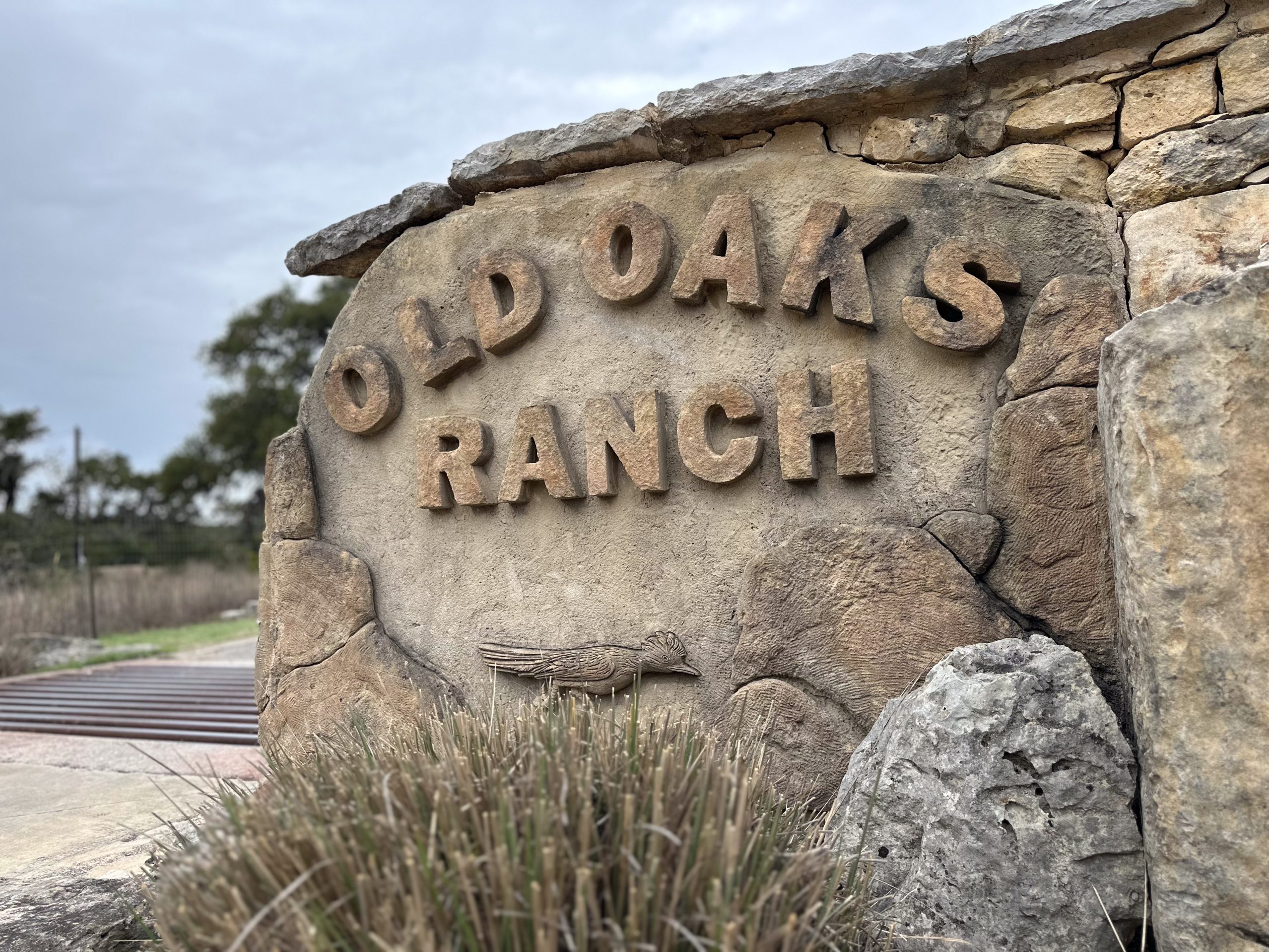
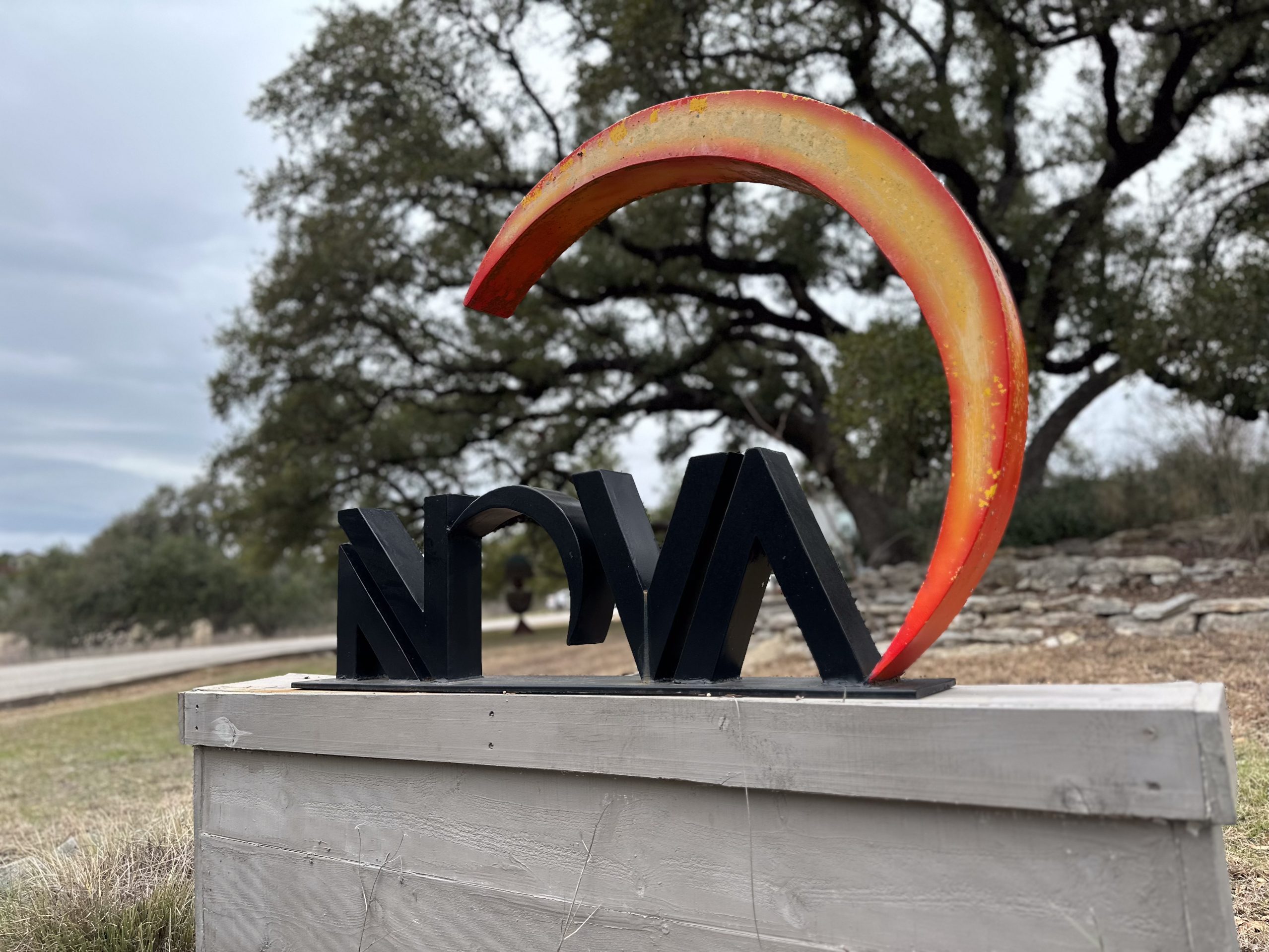

How Common Is Codeine Abuse?
Research shows that millions of Americans misuse prescription opioids each year. According to the National Institute on Drug Abuse, this includes drugs like codeine. Many people begin using it for a medical reason but later take it to feel euphoria or escape emotional pain.
People abuse codeine by:
- Taking higher doses than prescribed
- Using it longer than needed
- Mixing it with drugs and alcohol
- Getting prescriptions from more than one doctor
Codeine use can be dangerous. It slows breathing and, when mixed with alcohol, can be life threatening. Continued use can lead to a need for higher doses to feel the same effects. This increases the risk of addiction and overdose.
Risk Factors for Codeine Addiction
Some people are more likely to develop codeine addiction. Common risk factors include:
- Chronic pain conditions
- History of drug or alcohol use
- Untreated mental health conditions
- Family history of addiction
- Being around others who misuse drugs
- Age (young adults and older adults both face different risks)
Even without these risk factors, anyone can develop a substance use disorder SUD from codeine.
Signs of Addiction
It may not be obvious when someone is addicted. However, these are common signs:
- Mood swings and irritability
- Getting more than one prescription
- Lying about usage
- Withdrawal from family and friends
- Poor decision-making or risky behavior
- Using codeine even when it causes problems
People struggling may also isolate themselves and lose interest in work, school, or relationships. Over time, their quality of life suffers.
Codeine Withdrawal Symptoms and Timeline
Once a person is dependent, stopping codeine suddenly can cause codeine withdrawal symptoms. These symptoms are hard to manage without help.
Common symptoms of codeine withdrawal include:
- Anxiety and restlessness
- Sweating and chills
- Muscle aches
- Insomnia
- Nausea, vomiting, or diarrhea
- Loss of appetite
- Increased heart rate
The codeine withdrawal timeline looks like this:
- Days 1–4: Intense symptoms like nausea, sweating, and muscle pain
- Days 5–7: Some physical symptoms ease, but mood issues may worsen
- Days 8–30+: Emotional symptoms like depression and cravings may remain
Withdrawal can vary depending on the type and amount of codeine used.
Why Detox with Medical Supervision?
Detoxing at home is dangerous. In some cases, withdrawal symptoms can become life threatening. A licensed detox center offers medical supervision and makes detox safer.
A medical team helps manage symptoms and reduce discomfort. They can also provide medications and monitor for complications, especially in people with heart disease, high blood pressure, or other medical conditions.
How Long Does Codeine Stay in the Body?
Codeine’s half-life is about 3 hours. But drug tests can still detect it days later. In general:
- Urine tests detect codeine for 2–3 days
- Chronic users may test positive for up to 1 week
Treatment Options for Codeine Addiction
After detox, long-term care is vital. Detox helps with physical symptoms, but it does not cure addiction. Substance abuse treatment involves therapy, support, and a plan for continued recovery.
Inpatient Drug Rehab
Inpatient drug rehab provides full-time treatment at a residential facility. Clients stay at the center for 30, 60, or 90 days. This level of care includes:
- Daily therapy sessions
- Group support
- Education on addiction
- Healthy lifestyle development
Inpatient care is ideal for people with severe addiction or unsafe home environments.
Outpatient Drug Rehab
Outpatient drug rehab allows people to live at home while attending treatment. They go to sessions several times a week. This option is good for those with work or family responsibilities.
Both inpatient and outpatient programs offer therapy, education, and relapse prevention. Each person’s needs and goals guide the treatment plans.
More Time. More Joy. More You. Start Now.
WE ACCEPT MOST INSURANCES







Therapy Approaches in Codeine Rehab
Codeine addiction treatment uses many therapy styles. These include:
- Group therapy
- One-on-one counseling
- Cognitive-behavioral therapy
- Family involvement
- Pet therapy or music therapy
- Creative arts
- Trauma-focused therapy
Therapy helps people understand addiction, learn coping skills, and manage triggers.
Continued Care After Rehab
After rehab, many people continue recovery in sober living programs or aftercare services. These help maintain sobriety and reduce the risk of relapse.
Sober Living Programs
Sober homes offer structure and accountability. Residents live in a safe, drug-free home with others in recovery. Rules include:
- Attending a support group
- Finding work or volunteering
- Regular drug testing
- Following a daily schedule
These homes are a bridge between rehab and full independence.
Aftercare Programs
Aftercare includes ongoing meetings and check-ins. These help people stay connected and supported. Many attend weekly sessions to:
- Track progress
- Discuss challenges
- Build relationships
- Stay accountable
Aftercare is a key part of the recovery process and supports long term recovery.
Paying for Treatment
Cost can be a barrier, but help is available. Many treatment facilities accept health insurance, which may cover:
- Detox
- Therapy
- Medications
- Extended care
Other payment options include:
- Personal loans
- Savings
- Employer assistance
- Government programs
It’s important to ask about coverage and options during the intake process.
Freedom Starts Here. Take Back Your Life Today.
Same-Day Admissions in Austin Available.
The Importance of Support
Recovery is not something people do alone. A strong network of family members, friends, and professionals plays a big role. Programs often include family therapy to help everyone heal.
Support groups like Narcotics Anonymous and SMART Recovery provide a sense of community. Sharing experiences makes people feel less alone and more motivated.
Final Note
Codeine addiction is serious but treatable. With the right care, anyone can recover. Whether it’s detox, inpatient drug rehab, outpatient drug rehab, or sober living, there are paths to a better life.
Recovery takes time and support, but it is possible. With the help of professionals and loved ones, you can reduce the risks, heal emotionally and physically, and learn to live a full, meaningful life again.
Other Outpatient Drug and Alcohol Rehab Locations
Frequently Asked Questions About Codeine Addiction, Allergies, and Treatment
What are the symptoms of a codeine allergy?
Codeine allergy symptoms can include hives, rash, itching, swelling, and difficulty breathing. Some people may also experience a codeine rash or codeine itch. If you are allergic to codeine, symptoms may appear shortly after taking the medication and require immediate medical attention.
Does codeine make you itchy?
Yes, codeine can make you itchy. While itching may be a common side effect of opioids, in some cases it indicates a codeine allergy. If you notice severe itching or other allergic reactions, stop taking the medication and seek medical care.
Can you take Tylenol with a codeine allergy?
If you have a Tylenol with codeine allergy, you should avoid all codeine-containing products. Acetaminophen (Tylenol) alone is generally safe for most people, but you should always consult a doctor before using it if you have had allergic reactions in the past.
What’s the difference between codeine and hydrocodone?
When comparing codeine vs hydrocodone, both are prescription opioids used for pain relief, but hydrocodone is generally stronger. Some people ask, “does hydrocodone have codeine in it?” The answer is no—hydrocodone is a separate opioid, though both can be habit-forming and carry risks of addiction.
Can you take codeine with ibuprofen or Advil?
Yes, codeine and Advil (ibuprofen) are sometimes prescribed together to manage pain. If you’re wondering “can you take codeine and ibuprofen?” the combination may help reduce inflammation while relieving pain, but it should only be done under medical supervision.
Where can you buy codeine?
Codeine is a controlled substance, so you cannot legally buy codeine without a prescription in the United States. Searches like “where do you buy codeine,” “codeine for sell,” “buy codeine without prescription,” or “codeine can you buy over the counter” reflect common questions, but the answer is that purchasing codeine cough syrup or codeine cough medicine without a prescription is illegal and unsafe.
How long does codeine stay in your system?
People often ask “how long do pain pills stay in your system” or “how long does an opioid stay in your system.” Codeine can usually be detected in urine for 1–3 days, but this may vary depending on dosage, frequency of use, and metabolism. Similar questions about other opioids include “how long does hydrocodone stay in your system,” “how long does Percocet stay,” or “how long does oxycodone stay in your system.” These timeframes vary but most opioids can be detected for several days after last use.
Can you get addicted to Tylenol or acetaminophen?
While Tylenol (acetaminophen) is not addictive like opioids, people sometimes wonder “can Tylenol get you high” or “can acetaminophen get you high.” The answer is no—it does not cause euphoria. However, misuse such as “snorting acetaminophen” can cause severe liver damage and other health issues. Tylenol addiction is rare, but dependency on opioid-Tylenol combinations (such as Tylenol with codeine) is possible.
What are 30-day rehab programs for codeine addiction?
If you are struggling with codeine misuse, you may consider a short-term program such as “30 day rehab near me,” “30 day rehab programs,” or “30 day treatment centers near me.” These programs provide intensive treatment, detox, and therapy to help you begin recovery from opioid dependence.
Does insurance cover rehab for codeine addiction?
Yes, many insurance plans cover addiction treatment. People often search for “insurance coverage for rehab” or ask “does insurance cover drug rehab” and “will insurance cover rehab.” Coverage depends on your policy, but most health insurance that covers drug rehab includes detox, inpatient, outpatient, and aftercare services. If you’re unsure, you can contact your insurance provider or use our confidential insurance verification form to check your benefits.
